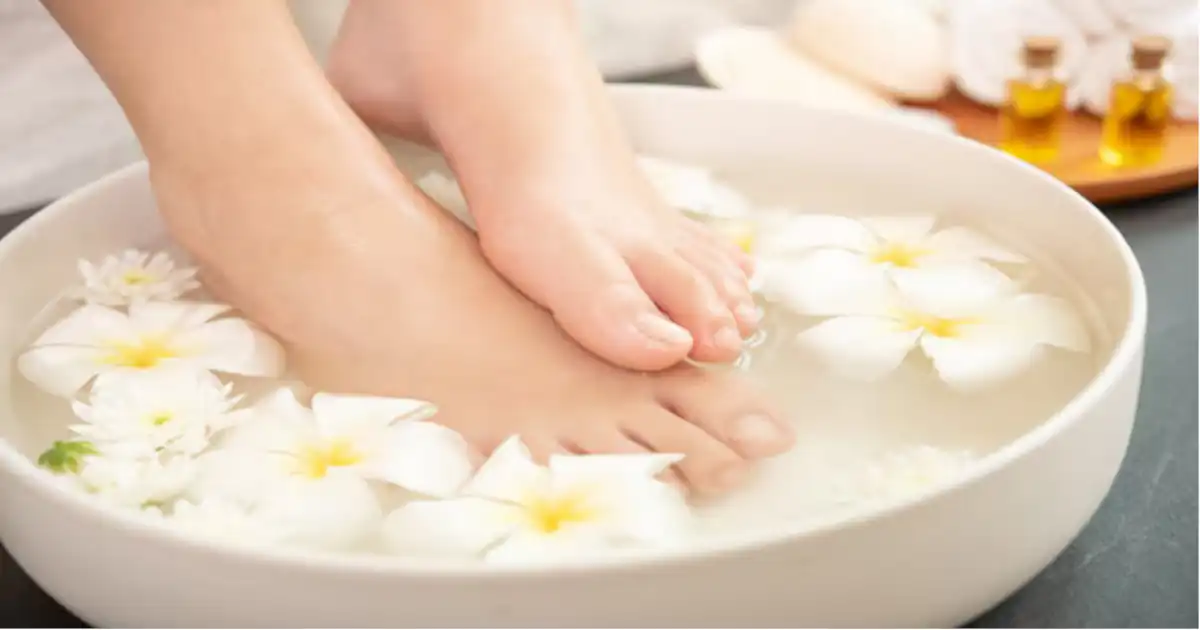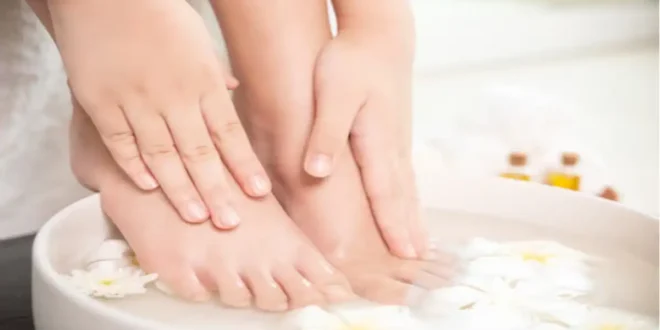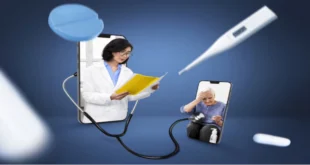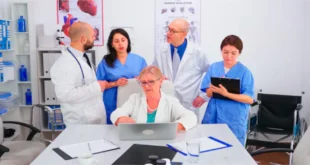Introduction to feet finger
Feet play a crucial role in human movement and balance, and one of their essential components is the toes, commonly referred to as “feet fingers.” Despite their small size, toes perform a wide range of functions that are vital to maintaining posture, stability, and overall mobility. In this article, we will dive deep into the anatomy, function, common problems, and proper care of feet fingers. We’ll also cover ways to prevent injuries and maintain good foot health, with a special focus on the role toes play in our daily lives.
Anatomy of the Feet Fingers
To fully understand the importance of toes, it’s essential to explore their anatomy. The human foot consists of five toes, or “digits,” on each foot. These toes are numbered from one to five, starting with the big toe (the hallux) and moving outward to the little toe. Each toe consists of small bones called phalanges.
- Big Toe (Hallux): The big toe is made up of two bones – the proximal and distal phalanges. It is the largest and strongest toe and is critical for maintaining balance and propelling the body forward while walking.
- Second, Third, and Fourth Toes: These toes are composed of three phalanges – proximal, middle, and distal – and play a supportive role. They help in distributing weight evenly across the foot during various movements.
- Little Toe (Fifth Toe): The smallest of the toes, the little toe has a similar structure to the second, third, and fourth toes but is typically weaker. Its role is largely in maintaining overall foot stability.
At the base of each toe lies a complex network of muscles, tendons, and ligaments that enable the toes to move and flex. This network supports activities like walking, running, and maintaining balance. Additionally, the toenails protect the tips of the toes from injury and external pressure.
The Function of Toes: Why Feet Fingers Are So Important
The toes may seem insignificant, but they perform several critical functions that impact overall body health and movement.

- Balance and Stability: Toes help maintain balance by stabilizing the foot on various surfaces. The big toe, in particular, is essential for posture control. If you’ve ever tried to balance on one foot, you’ll notice that the toes grip the ground and adjust as needed to keep you steady.
- Propulsion During Walking and Running: Toes play a key role in pushing the body forward during walking, running, and other movements. When you take a step, your toes bear the weight of the body and assist in propelling it forward. The big toe is particularly important in this phase, as it carries more force than the other toes.
- Weight Distribution: Toes also help in the distribution of body weight across the feet. They ensure that no single part of the foot bears too much stress, which can lead to injuries. The toes work in harmony with other parts of the foot, including the arch and the heel, to maintain a balanced structure.
- Shock Absorption: The toes contribute to absorbing shock when the foot strikes the ground. This helps protect the legs, knees, and hips from excessive impact, especially during high-intensity activities like running and jumping.
Common Feet Finger Problems
Despite their importance, toes are susceptible to various problems and injuries. Some of the most common issues include:
- Bunions: A bunion is a bony bump that forms on the joint at the base of the big toe. This condition is often caused by wearing tight or narrow shoes that crowd the toes. Over time, the big toe pushes against the other toes, leading to pain, swelling, and sometimes difficulty walking.
- Hammer Toes: A hammer toe occurs when the second, third, or fourth toes become bent at the middle joint, resembling a hammer. This condition is often caused by wearing shoes that don’t fit properly or having imbalances in the toe muscles.
- Corns and Calluses: Corns and calluses are thickened layers of skin that develop as a result of friction or pressure on the toes. Corns are usually found on the tops of the toes, while calluses typically develop on the bottom of the feet or the sides of the toes.
- Ingrown Toenails: An ingrown toenail occurs when the edge of the toenail grows into the surrounding skin, causing pain, swelling, and sometimes infection. It is most common on the big toe and is often caused by improper nail trimming or wearing shoes that put excessive pressure on the toes.
- Toe Fractures: Toes are vulnerable to fractures, particularly if they are stubbed, crushed, or subjected to a high-impact injury. Fractured toes can be painful and may require immobilization or medical treatment to heal properly.
- Athlete’s Foot: This fungal infection commonly affects the toes, causing itching, redness, and peeling skin. It thrives in warm, moist environments and is often contracted in communal areas like locker rooms or swimming pools.
Proper Foot Care for Healthy Feet Fingers
Taking care of your toes is crucial for overall foot health. Here are some tips to ensure your toes remain healthy and strong:
- Choose the Right Shoes: Wearing shoes that fit properly is essential for toe health. Ensure that your shoes have enough space for your toes to move freely and aren’t too tight around the forefoot. Shoes with wide toe boxes are ideal for preventing bunions and hammer toes.
- Trim Toenails Properly: Always cut your toenails straight across to prevent ingrown toenails. Avoid cutting the nails too short, and use clean, sharp nail clippers.
- Moisturize Your Feet: Keep your feet moisturized to prevent dry, cracked skin. Use a foot cream or lotion, particularly on the areas around the toes, to maintain soft and supple skin.
- Foot Exercises: Strengthening the muscles in your feet and toes can improve balance and reduce the risk of injuries. Simple exercises like toe stretches, toe curls, and picking up objects with your toes can keep them flexible and strong.
- Wear Clean Socks: To prevent fungal infections like athlete’s foot, wear clean, breathable socks that wick feet finger moisture away from the skin. Cotton or moisture-wicking fabrics are ideal for maintaining dry feet.
- Keep Feet Dry: Fungal infections thrive in moist environments, so it’s important to keep your feet dry, especially between the toes. Make sure to dry your feet thoroughly after bathing or swimming.
Preventing Toe Injuries
Many toe injuries can be prevented by taking certain precautions, such as:
- Avoid High Heels: High-heeled shoes can put excessive pressure on the toes, leading to conditions like feet finger bunions and hammer toes. If you must wear heels, opt for lower, more comfortable options and limit the time you spend wearing them.
- Use Protective Footwear: If you’re engaging in activities where your toes may be vulnerable to injury, such as hiking or playing sports, wear protective footwear. Steel-toe boots, for example, can help prevent fractures or other injuries.
- Be Cautious of Sharp Objects: Stubbed toes or injuries caused by stepping on sharp objects can be painful and damaging. Always wear shoes in unfamiliar environments, and be cautious of where you step.
Conclusion
Feet fingers, or toes, are vital for balance, stability, and overall movement. Despite being small, they perform feet finger essential functions that impact our daily lives, from walking and running to maintaining posture. Understanding the anatomy and function of toes, recognizing common toe problems, and practicing proper foot care can help ensure long-term foot health.
Maintaining healthy feet starts with taking care of your toes, whether through wearing the right shoes, trimming your toenails properly, or performing foot exercises. By prioritizing foot hygiene and adopting preventive feet finger measures, you can avoid common problems and injuries that may affect your feet fingers. Remember, healthy toes lead to healthier feet, which are the foundation for an active, pain-free lifestyle.
Frequently Asked Questions (FAQs)
Why are toes important for balance?
Toes play a critical role in maintaining balance by helping stabilize the foot. When standing or walking, the toes, particularly the big toe, adjust to ensure the body remains balanced, distributing weight evenly across the foot.
What are the common problems that affect toes?
Common toe problems include bunions, hammer toes, ingrown toenails, corns, calluses, and athlete’s foot. These feet finger issues often arise due to improper footwear, poor hygiene, or overuse.
How can I prevent ingrown toenails?
To prevent ingrown toenails, always trim your nails straight across without cutting them too short. Wearing well-fitting shoes that don’t apply excessive pressure on the toes is also crucial.
What exercises can strengthen my toes?
Toe stretches, curls, and picking up small objects using your toes are simple exercises that can help strengthen feet finger toe muscles, improve flexibility, and reduce the risk of injuries.
How do I choose the right shoes for toe health?
Choose shoes that provide enough room for your toes to move comfortably. A wide toe box and good arch feet finger support will prevent crowding and reduce the risk of developing bunions, corns, or hammer toes.
What should I do if I have persistent toe pain?
Persistent toe pain should not be ignored. If pain continues for more than a few days or worsens, consult a feet finger healthcare professional or podiatrist. It could be a sign of an injury or underlying condition requiring treatment.
READ ALSO: What Happens When You Mix Chia: Unlocking the Nutritional and Health Benefits
 Touch Blog
Touch Blog



